17 July, 2019 By: Wendy Caccetta
When 24-year old Ashleigh Zinko heard her phone go off at 1.30 in the morning, she immediately thought it was her boyfriend calling.
Zinko was in Bunbury for a music festival and was now back in her hotel room and just getting into bed.
Picking up her phone, the digital marketing professional realised it wasn’t a call but an alert about a medical emergency coming through her St John Ambulance First Responder app. Someone in the area needed help.
Replying that she could respond, Zinko pulled on her slippers, put a jacket over her pyjamas, slipped out of her hotel room and followed the directions on her phone to a nearby corner.
“There was a young man there with his face in the dirt and his mother and aunty had no idea what to do,” Zinko says. “His older brother was also drunk and freaking out.
“I asked them as soon as I got there ‘Have you taken anything?’ Apparently, he’d had about half a bottle of vodka and he’d never drunk before in his life.
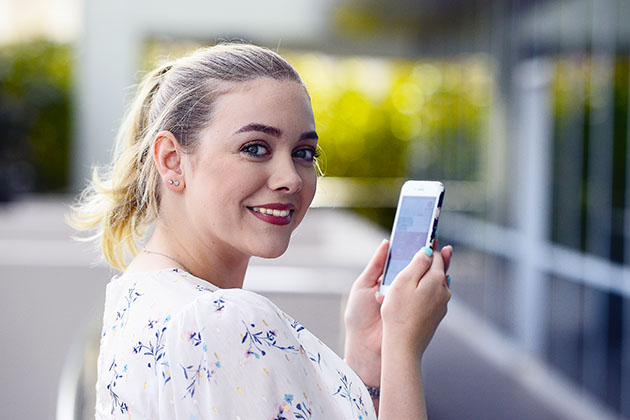 Ashleigh Zinko is one of the many thousands of West Australians using the app
Ashleigh Zinko is one of the many thousands of West Australians using the app
“He was unresponsive, but he was groaning and twitching and vomiting. The paramedics were on the way so I had to maintain his breathing and open up his airway.
“When you are in that moment you just think ‘This person needs help. I’m going to do whatever I can to give them the best chance of survival’.”
Zinko has had a First Aid certificate since she was 17 and is now one of nearly 15,800 West Australians from all walks of life who are changing the face of emergency response in WA as First Responders — volunteers who step in to fill the vital minutes in a medical emergency before an ambulance arrives.
This new and potentially life-saving arm of emergency response has come courtesy of a ground-breaking app developed by St John Ambulance in WA.
Since it was launched in February 2017, more than 122,327 people have downloaded it to their mobile phones. So far, members of the public with first aid or medical training have answered more than 537 calls for help.
Enjoying this article?
Sign up to our monthly enews
Here’s how it works: When a 000 call is made for an ambulance, St John can tap into its network of First Responders who have the app, to potentially step in before the ambulance arrives. An alert is sent via the app to those within 500 metres of the emergency. They can then choose to respond if they can assist.
First Responders need to have a current First Aid certificate or be a registered health professional.
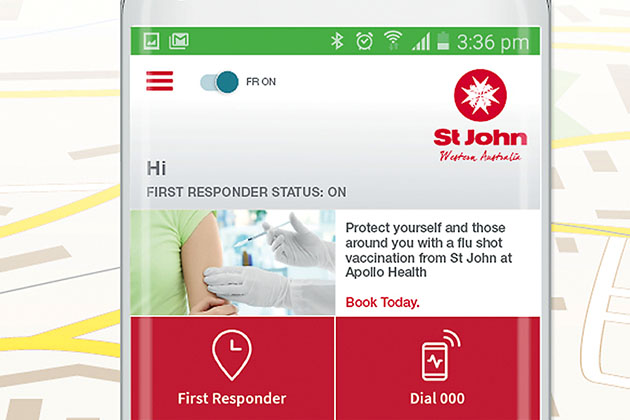 If you use the app to make a 000 call, it will guide ambulance crews to your exact location
If you use the app to make a 000 call, it will guide ambulance crews to your exact location
When you download the app you choose the option to be a First Responder, or you can just use the other lifesaving resources and features available on it.
If you use the app to make a 000 call it will guide ambulance crews to your exact location. It also shows other critical information like the location of nearby defibrillators and medical centres, and has first aid tips.
As downloads continue to grow, the number of potential first responders close to an emergency also grows, says Harvey Green, senior software developer for St John who helped develop and now manages the app.
"We often find when there is an incident in a high population area such as the Perth CBD, there will be 50 to 80 people running the app within 500 metres," Green says.
“So that means there are always at least five people who respond and go there to help out.”
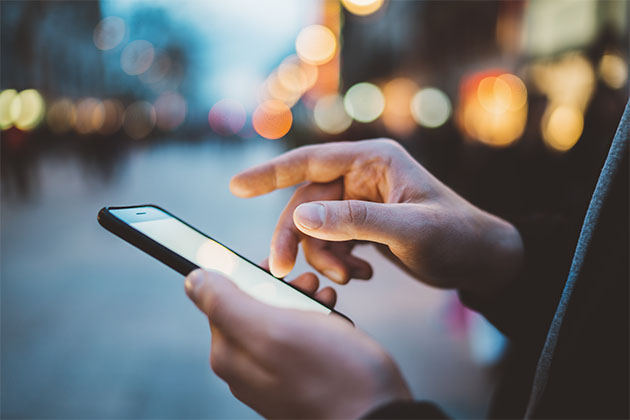 Downloads for the app continue to grow
Downloads for the app continue to grow
St John Ambulance medical director Dr Paul Bailey says the app is proving invaluable during the nine minutes or so it can take an ambulance to reach a scene.
“We’re conceptually thinking of this as crowd sourcing local health prior to the arrival of an ambulance for a patient in need.” And he says every second counts in emergencies such as cardiac arrest.
“Survival decreases by 10 per cent every minute that you delay applying a defibrillator in cardiac arrest. Similarly, if we can get a bystander to start doing chest compressions, that doubles patients’ survival as well.”
So far, First Responders have been used in cases of cardiac arrest, unconsciousness and allergic reaction in public places. WA’s good Samaritan laws cover First Responders from personal civil liability if they respond to an emergency in good faith, according to St John.
“We’re hoping to saturate WA with First Responders,” Bailey says. “That probably means about 100,000 active users. We think it’s very worthwhile and likely to be a real game-changer in the future for our community.”
St John Ambulance in WA is also investigating the possibility of being able to use the cameras on people’s mobile phones — with their permission — to remotely assess scenes and help determine responses.
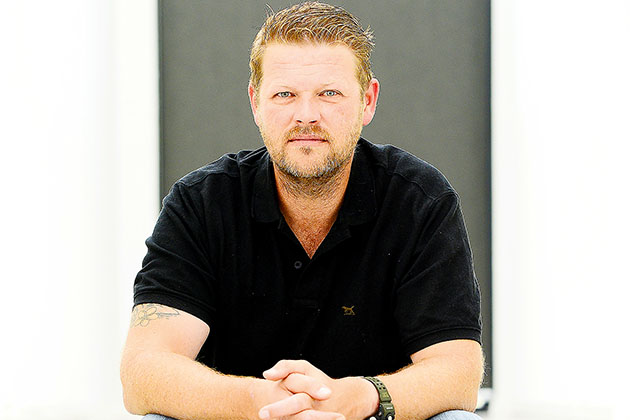 Danny Rummukainen saved a man who went into cardiac arrest and stopped breathing
Danny Rummukainen saved a man who went into cardiac arrest and stopped breathing
When construction group site manager Danny Rummukainen, 41, raced to the help of a 58-year-old man who was suffering a heart attack in the Perth CBD last year what happened next demonstrated the app’s potential. Rummukainen was at a meeting in St Georges Terrace when the app alerted him to an unfolding emergency about 450 metres away on Murray Street.
He and his supervisor grabbed a first aid kit and ran to where bank officer Mark Lee had collapsed during his lunch break. Rummukainen, who is also a volunteer ambulance officer in his spare time, says Lee was “beyond blue, purple” and not breathing. The app showed there was a defibrillator on a neighbouring lot.
“When I got onto the scene there were already people who had started CPR,” Rummukainen says. “Using my St John training, I took over and continued CPR and instructed one of the other bystanders to get the AED (defibrillator) from a construction site next door.
“We gave the person a shock and when the paramedic arrived we had got him breathing again on his own and he managed to survive.”
A year on, Lee has no memory of the few days leading up to and including August 14, the day he died for an estimated 12 minutes and was miraculously brought back to life by strangers and a co-worker.
He says he considers himself fortunate that people came to his aid and that they had the training to help.
“I couldn’t speak highly enough of it,” he says of the First Responders program. “I think it’s a wonderful idea.”
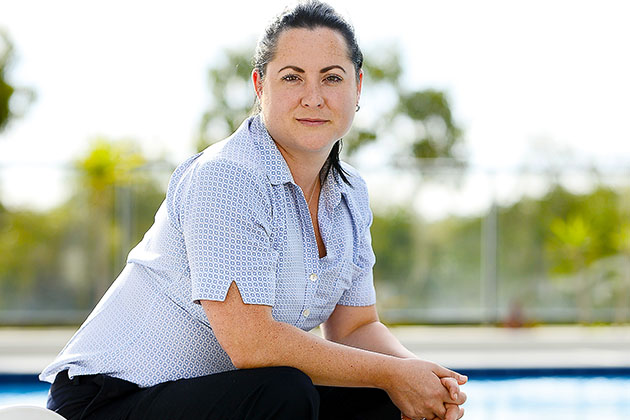 Emma McDowell is a registered nurse and uses the St Johns app in her free time
Emma McDowell is a registered nurse and uses the St Johns app in her free time
Registered nurse, Emma McDowell, 36, signed up to the app when it launched and has now answered several calls for help, including one in an office building near her home. “A lady had fallen down the stairs,” McDowell says. “It was on a medical site so there were a few other nurses on site. We stabilised the patient as best we could and kept her conscious and talking until the ambulance crews arrived.”
McDowell says time is precious in an emergency and that’s where the app is really making a difference, both to the person needing aid but also for those around them who may not know how to help.
“It can be really scary before the ambulance crews arrive if you don’t know what to do,” she says.
“People are receptive when you arrive. Just having someone turn up and say ‘Hi, I’m a registered nurse’. The relief on their face is awesome.”
